
The first National Hockey League (NHL) draft occurred in 1963 and was originally called the NHL Amateur Draft. However, it was renamed as the NHL Entry Draft 1979 and became a public event the following year. It then became a televised event in 1984 and has been one of the most awaited events in the calendar year. Delving further, the draft order is mainly determined by the teams’ performance in the previous season, with the lowest-ranked teams getting higher picks to help them rejuvenate. However, in 1995, the NHL introduced a draft lottery system to determine the order of selection for teams that did not make the playoffs. This system has evolved over the years, with the current rules, starting from 2022, allowing only the bottom eleven teams a chance to win the first overall pick through the lottery. If a team outside these eleven wins, they can move up a maximum of ten spots in the draft order.
Why do Top Draft Picks go to College?
NHL Draft picks go to college for further development and gain valuable playing experience to refine their skills for the professional leagues. Many players are drafted by NHL teams right before they start their college careers. This system allows them to play at a high level while still being eligible for the draft. Unlike the NBA or NFL, where players usually enter the professional leagues directly after being drafted, NHL draft picks often spend time in college to grow both athletically and academically.
College hockey allows a player to grow mentally and physically, providing a competitive environment where players face older and more experienced athletes. This experience prepares them for the physical and mental demands of professional hockey. Likewise, the busy schedule and rigorous training of college hockey, along with their schoolwork teach them discipline and time management. Another advantage is that college players can still be drafted even if they have not been picked up by an NHL team before starting their NCAA career. If a player is not drafted in their first year of eligibility, they still have opportunities to be selected in the following drafts. This flexibility helps players to focus on their development without the immediate pressure of signing a professional contract.
Moreover, if a player completes their college education without being drafted, they can sign as free agents with any NHL team. This way they are free to choose the best fit for their professional career. Players who have graduated from college and have not signed with an NHL team can explore multiple options, enhancing their chances of finding a suitable professional opportunity.
FAQs
A. NHL Draft picks go to college for further development and to gain valuable playing experience to refine their skills for the professional league.
A. The NHL Team that did not make to the playoffs enter the draft lottery and have higher chances of picking first.
A. No, NHL draft picks do not get paid immediately. They earn money only after signing an entry-level contract with a team.
A. Players who enter the NHL Draft come from junior, collegiate, and professional European leagues.
A. North American players between 18 and 20 years old and European/international players between 18 and 21 years old are eligible for the NHL Draft.

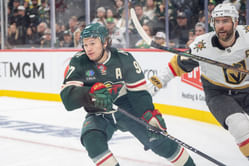
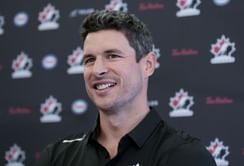
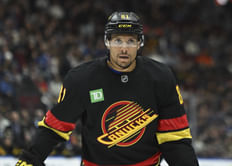


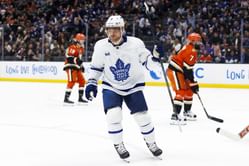

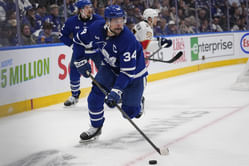
![[WATCH] Alex Ovechkin celebrates his 40th birthday over video conference with family and friends back in Russia](https://staticg.sportskeeda.com/editor/2025/09/68c79-17581787279017-1920.jpg?h=166)